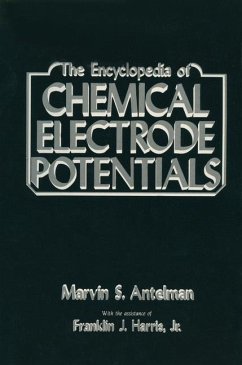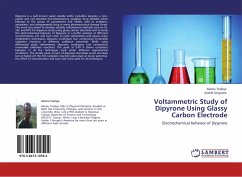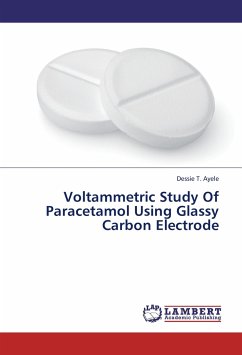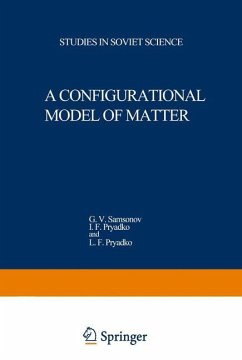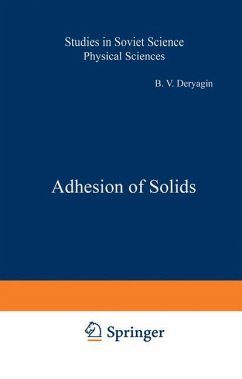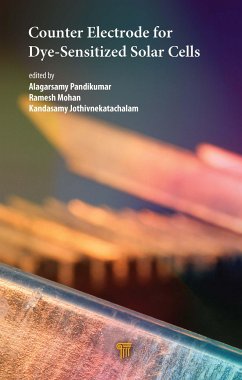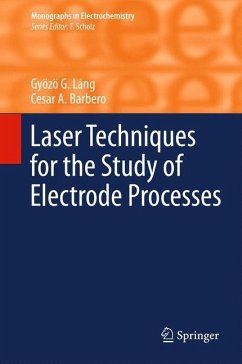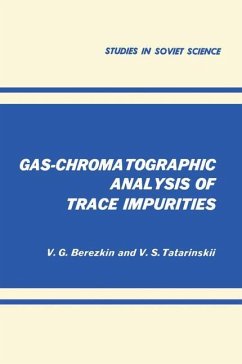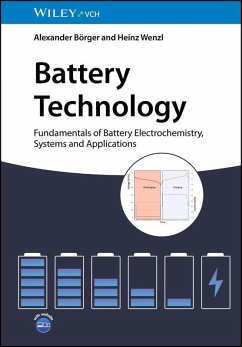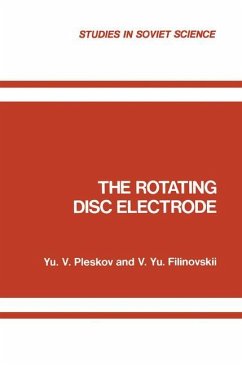
The Rotating Disc Electrode
Versandkostenfrei!
Versandfertig in 1-2 Wochen
39,99 €
inkl. MwSt.

PAYBACK Punkte
20 °P sammeln!
Important advances in a subject are as often promoted by a new technique as by new concepts and theories. In the study of electrode reactions which involve diffusion in a primary or a secondary step, the development and use of techniques involving rotating disc electrodes and derived instrumentation based on ring-disc and split-ring systems has enabled advances of great importance to be made in the quantitative examination of diffusion processes at electrodes and their role in electrode processes generally. The technique allows precisely defined mass-transport conditions to be set up which can...
Important advances in a subject are as often promoted by a new technique as by new concepts and theories. In the study of electrode reactions which involve diffusion in a primary or a secondary step, the development and use of techniques involving rotating disc electrodes and derived instrumentation based on ring-disc and split-ring systems has enabled advances of great importance to be made in the quantitative examination of diffusion processes at electrodes and their role in electrode processes generally. The technique allows precisely defined mass-transport conditions to be set up which can be subjected to exact mathe matical analysis so that quantitative treatment of hydrodynamic and diffusion behavior can be made. Of special interest for elec trochemists is the opportunity which the rotating ring-disc system offers for studying solution-soluble intermediates in sequential electrode processes and the kinetics of their reactions in solution. In this book by Pleskov and Filinovskii, both the experimental techniques and the mathematical analysis for the treatments of results for various conditions and types of reaction are described in detail. We believe that presentation of work that has been car ried out by means of rotating electrode techniques, to a large extent by Russian workers, in the form of a concise book will be of great value both to electrochemists and kineticists, and those interested in the physics of fluid motion.





